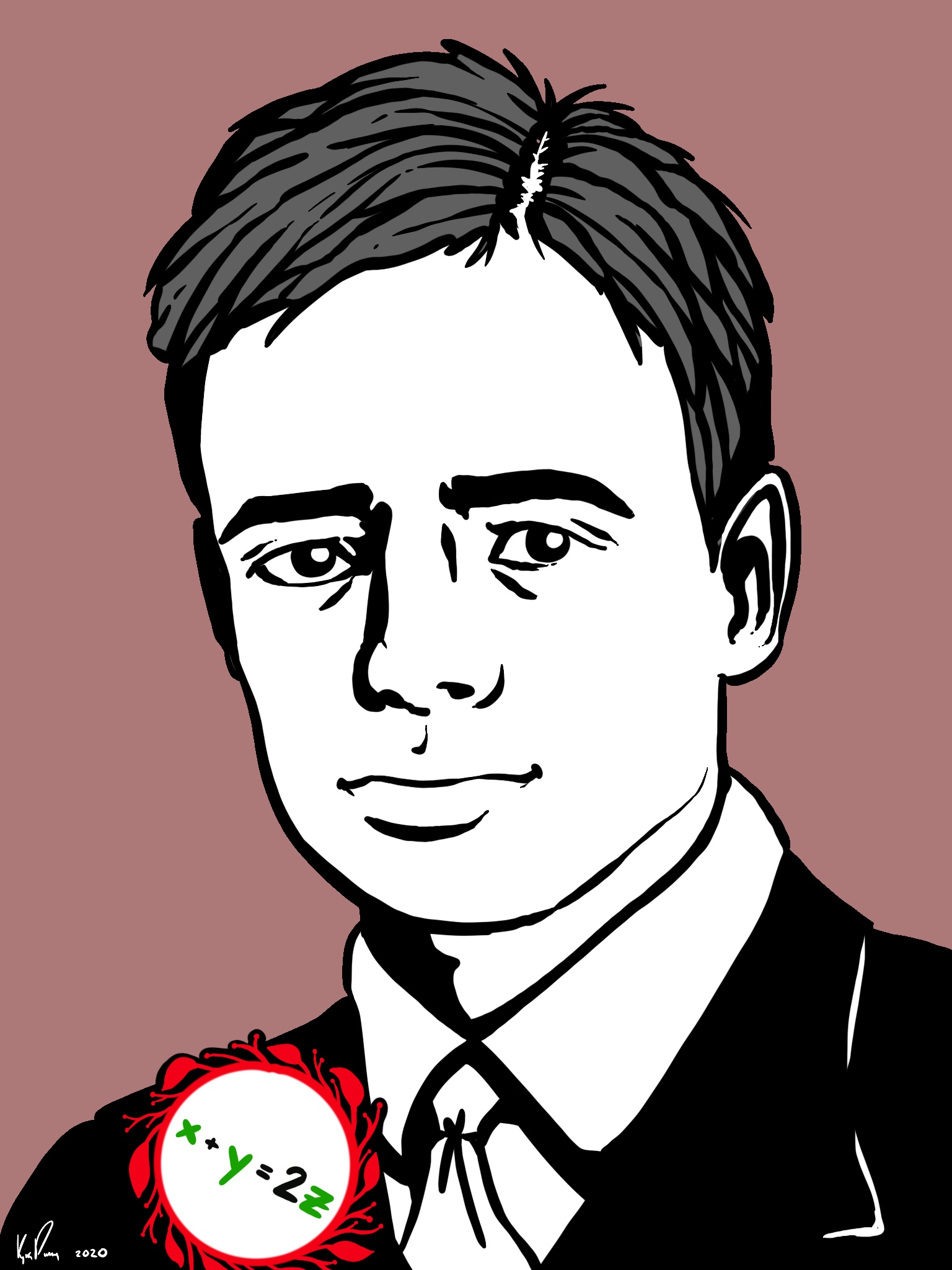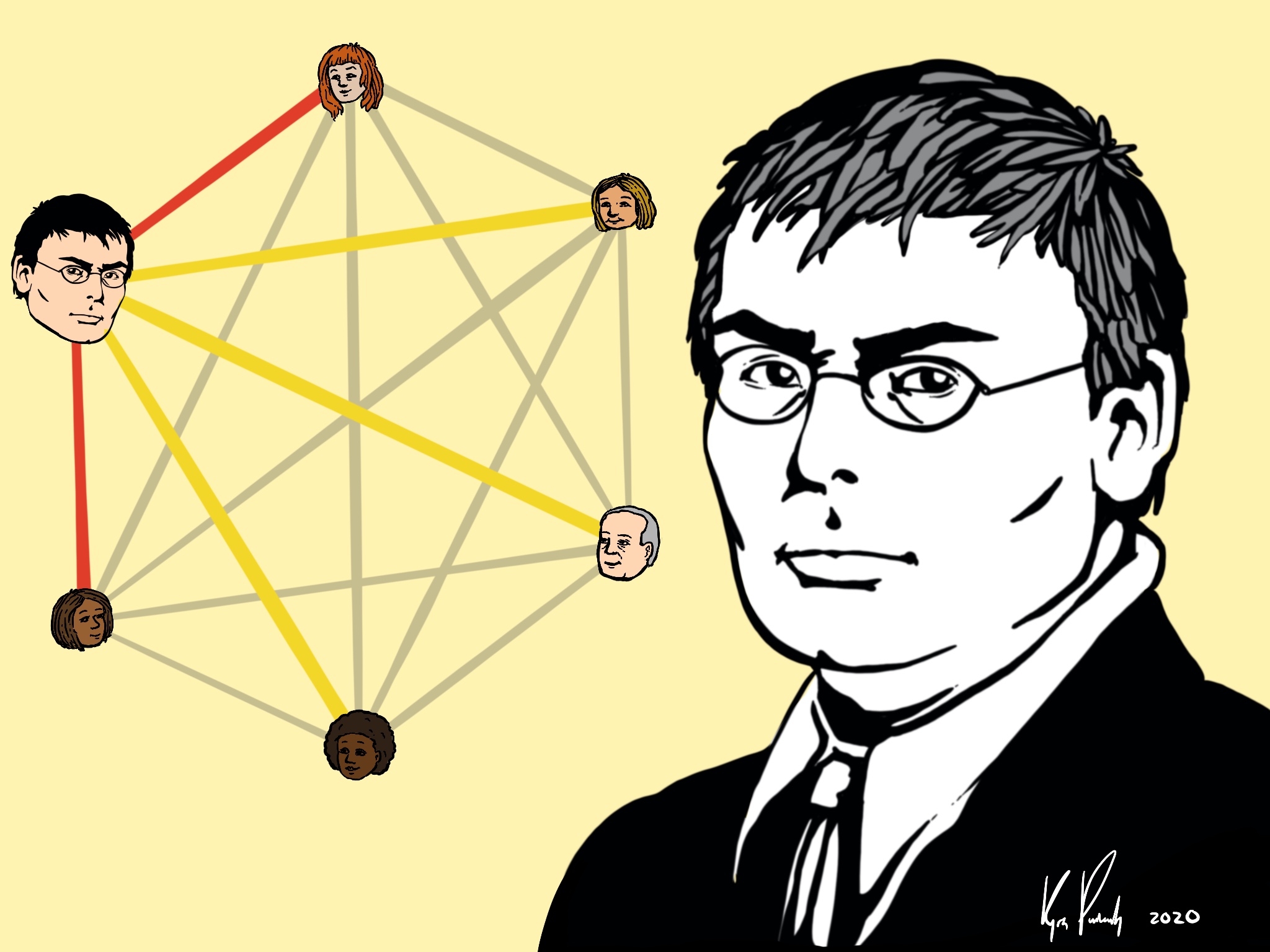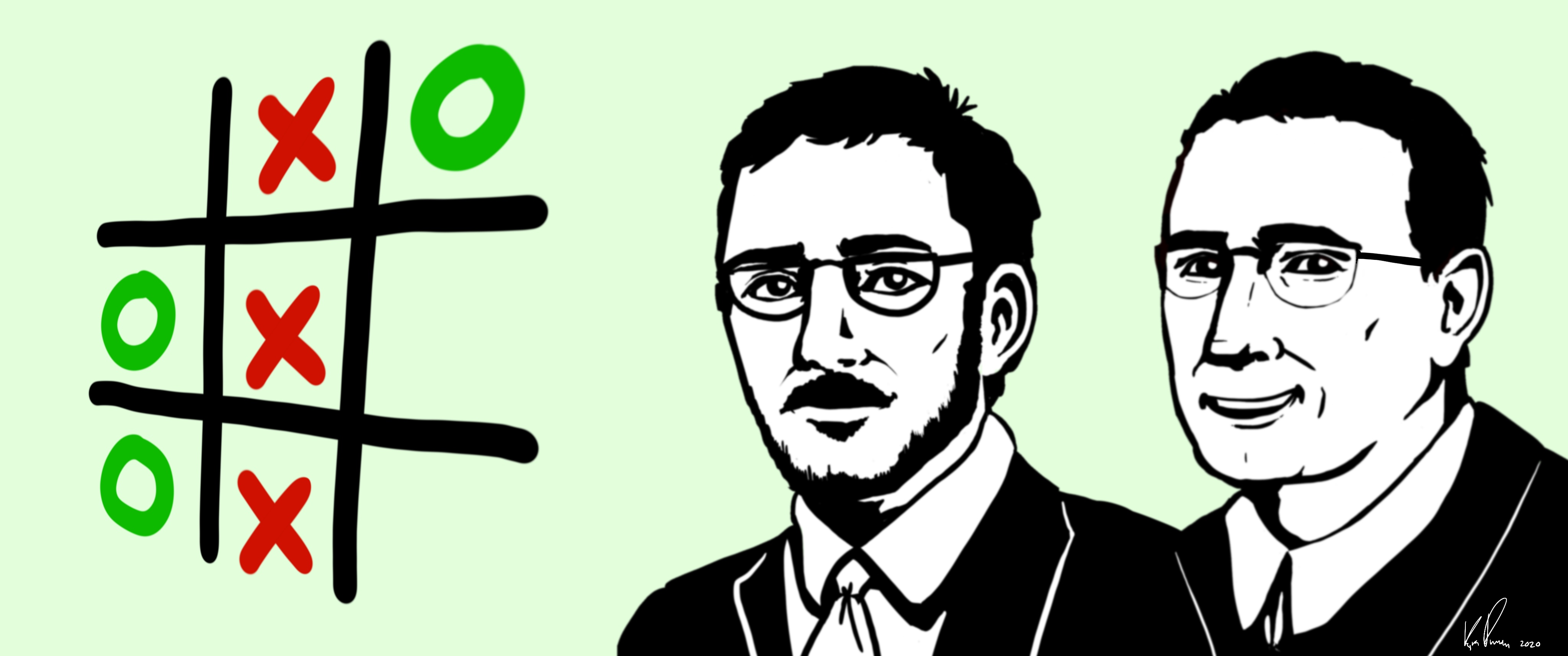Section 1.1 Complete Chaos is Impossible
Complete disorder is impossible. — Theodore S. Motzkin, Israeli-American mathematician, 1908 — 1970.
What is Ramsey theory?
Ramsey theory is the mathematics of colouring. - Soifer
Ramsey theory is the study of the preservation of properties under set partitions. - Landman-Robertson
The fundamental kind of question Ramsey theory asks is: can one always find order in chaos? If so, how much? Just how large a slice of chaos do we need to be sure to find a particular amount of order in it? - Leader
If mathematics is a science of patterns, then Ramsey theory is a science of the stubbornness of patterns. - Jungic
Example 1.1.1.
A Ramsey theory problem: If the natural numbers are finitely coloured, i.e. the set of natural numbers is partitioned into a finite number of cells, must there exist \(x\text{,}\) \(y\) (with \(x\) and \(y\) not both equal to 2) with \(x + y\) and \(xy\) monochromatic, i.e., \(x + y\) and \(xy\) belong to the same partition cell? (See Figure 1.1.2.)
The problem was posed by Neil Hindman in the late 1970s and resolved by Joel Moreira in 2017: Monochromatic sums and products in \(\mathbb{N}\text{,}\) Annals of Mathematics (2) 185 (2017), no. 3, 1069–1090. [ arXiv]
What makes this problem to be a typical Ramsey theory problem is the following:
The topic: the problem is to determine the relationship between the set of all finite partitions of the natural numbers and a certain pattern.
The fact that any numerically literate person can understand the problem.
It is a difficult problem.
Example 1.1.3.
Schur's Theorem: For any partition of the positive integers into a finite number of parts, one of the parts contains three integers \(x, y, z\) with \(x + y = z\text{.}\) (See Figure 1.1.5.)

Example 1.1.6.
van der Waerden's Theorem - Special Case. For any partition of the positive integers into a finite number of parts, one of the parts contains three integers \(x, y, z\) with \(x + y = 2z\text{.}\) (See Figure 1.1.8.)

Example 1.1.9.
Rado's Theorem - Special Case. For any partition of the positive integers into a finite number of parts, one of the parts contains three integers \(x,y, z\) with \(ax + by + cz=0\text{,}\) \(a\not =0\text{,}\) \(b\not=0\text{,}\) \(c\not=0\text{,}\) if and only if one of the following conditions holds \(a+b+c=0\) or \(a+b=0\) or \(a+c=0\) or \(b+c=0\text{.}\) (See Figure 1.1.11.)

Example 1.1.12.
Ramsey's Theorem - Special case. If there are at least six people at dinner then either there are three mutual acquaintances or there are three mutual strangers. (See Figure 1.1.14.)

Example 1.1.15.
Hales-Jewett Theorem - Informal. In large enough dimensions, the game of Tic-Tac-Toe cannot end in a draw.

Tic-Tac-Toe - It is a win!
Resources.